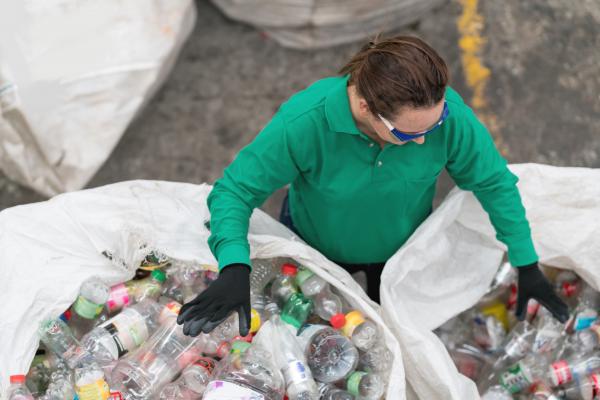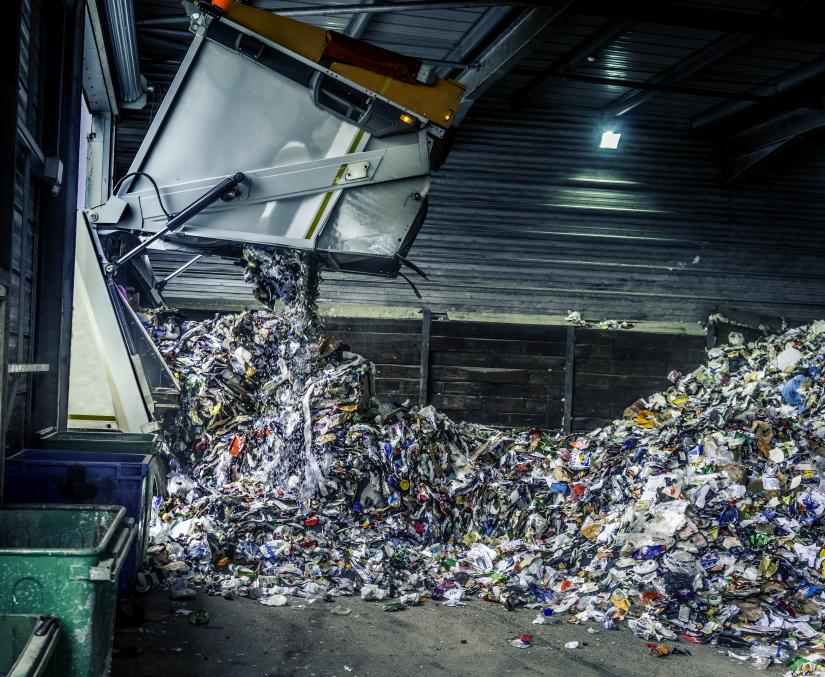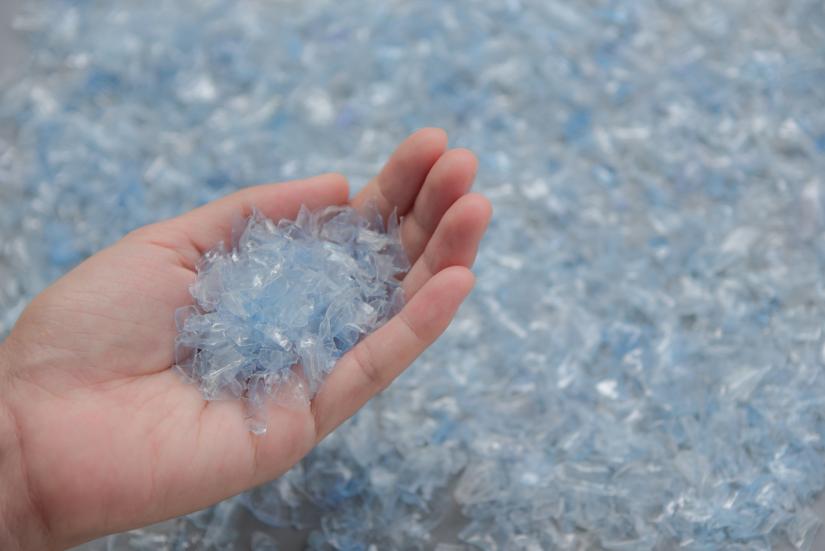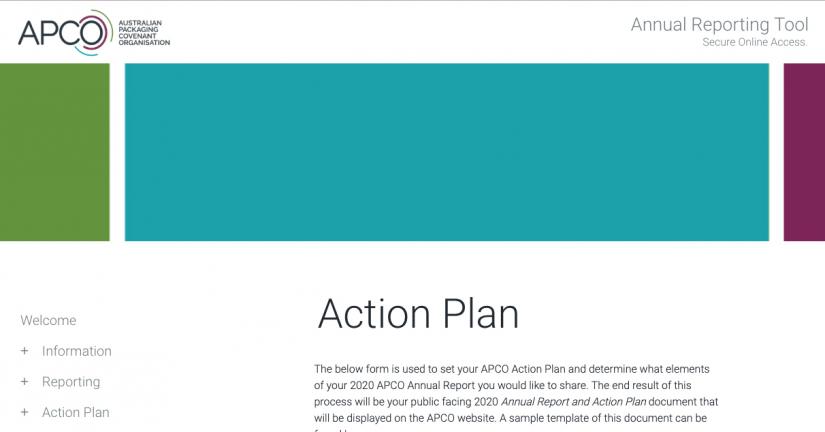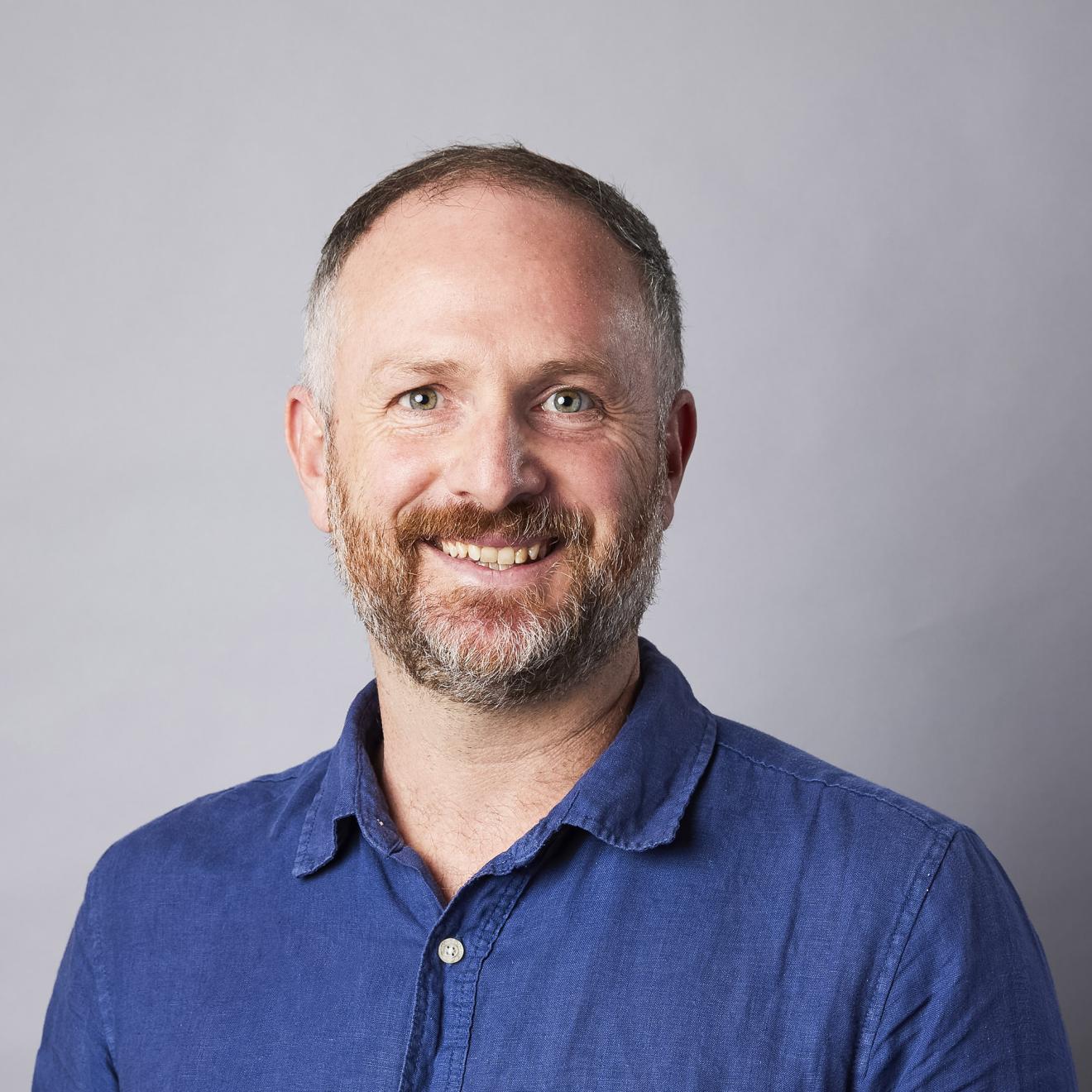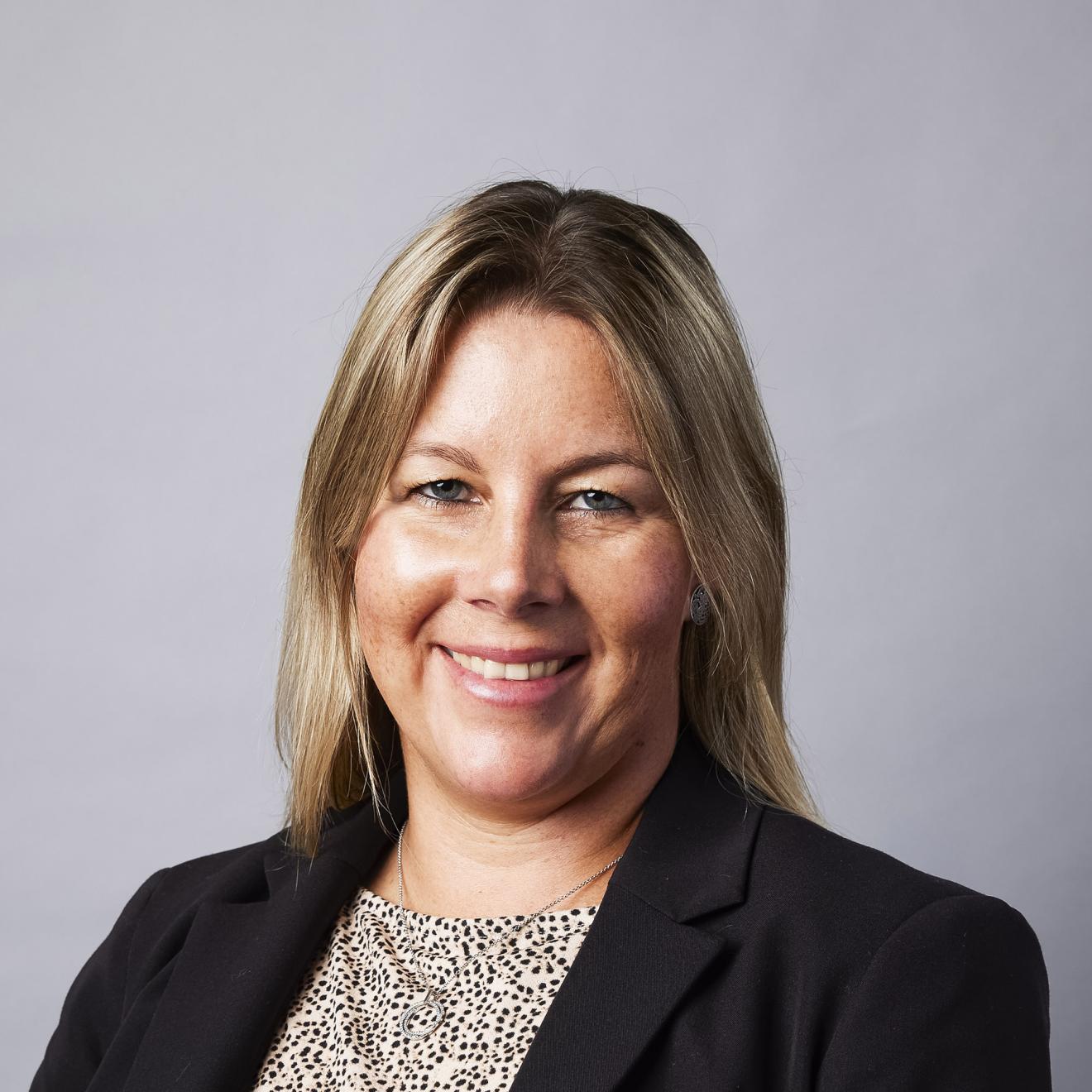In Australia, packaging waste is growing twice as fast as our population. The harmful effects of consumer packaging on our oceans, waterways and land are well known, yet we have one of the highest levels of per capita waste generation in the world. Compared to other developed economies, we recycle less.
But the landscape is changing and, as Australian industries face the dual challenges of meeting ambitious packaging sustainability targets by 2025 and an imminent export ban on waste materials, two initiatives from the Institute for Sustainable Futures (ISF) at the University of Technology Sydney (UTS) are helping to transform the packaging industry.
The first project is an ongoing study mapping the current state of packaging in Australia – the Packaging Materials Flow Analysis (MFA). The second is a world-first online tool, the Packaging Sustainability Tool, which helps businesses meet their reporting obligations and reach sustainability targets.
Circular packaging
These initiatives have been developed in partnership with the Australian Packaging Covenant Organisation (APCO), the agency charged by government with making all packaging reusable, recyclable or compostable by 2025. The ultimate aim is to achieve a truly circular packaging economy for Australia.
The four main 2025 National Packaging Targets are:
• 100 per cent of packaging to be reusable, recyclable or compostable
• 70 per cent of plastic packaging to be recycled or composted
• 50 per cent of average recycled content included in packaging
• Problematic and unnecessary single-use packaging to be eliminated
It’s the specific plastic target – that 70 per cent plastic packaging has to be recycled – that is the real challenge because we’re currently only at 16 per cent.
— Nick Florin, Institute for Sustainable Futures
The industry is tracking well in some areas, says Dr Nick Florin, who leads the ISF team producing the MFA, which traces the flow of materials through the packaging ecosystem, from manufacture to disposal and recovery.
“Essentially we’re monitoring how well the Australian resource recovery system is doing in terms of handling discarded packaging and recovering the valuable materials for reuse,” he says of the MFA, now in its third iteration.
Dr Florin says evidence suggests that 88 per cent of Australia’s packaging is already reusable, recyclable or compostable, and 35 per cent of packaging already comes from recycled materials.
“It’s the specific plastic target – that 70 per cent plastic packaging has to be recycled – that is the real challenge because we’re currently only at 16 per cent,” he says.
Dr Florin says APCO’s recent report, Our Packaging Future, a roadmap to achieving the 2025 targets, was very much informed by his team’s MFA work.
APCO CEO Brooke Donnelly says meeting the targets requires action from stakeholders right across the supply chain. “ISF’s research through the MFA project provides the strong, credible data needed to engage and inspire action, and ensure everyone shares a consistent and evidence-based understanding of the job ahead of us,” she says.
Waste exports
In addition to the 2025 National Packaging Targets, Dr Florin’s data gathering is occurring against a backdrop of bans on certain waste exports, to be rolled out from next year.
Countries that used to accept partially sorted recyclable waste from Australia for further sorting – such as China, Indonesia and Malaysia – have set contamination restrictions on what they’ll take. This has created enormous challenges for Australian factories that sort our kerbside recyclables because in many cases they’re not able to separate glass, paper and plastic to a high enough standard to meet the new restrictions.
“Our system was set up to sort out materials but not to the very high quality that export markets now demand,” says Dr Florin.
The export bans are also aimed at stimulating onshore processing of recyclable materials, and this is already happening. However, there is a need for an integrated strategy for responding to the bans, achieving the 2025 targets, and ensuring sufficient onshore processing capacity
There is also a need for a plan beyond 2025, Dr Florin says. “A key part of transitioning to a circular economy is encouraging a reduction in waste generation and promoting reuse, but the focus is currently on the end of the pipe,” he says. “So the work we’re doing with APCO in analysing the material flows across the whole system is very impactful in terms of being able to get a much better view of what change at the front end of the system means to the performance of the recycling processes.”
Onerous task made simple
In the second project, an ISF team led by Dr Scott Kelly developed the Packaging Sustainability Tool, which allows APCO’s 1500+ member companies – from market leaders such as Nestle and Unilever to small, niche companies – to more easily meet their reporting obligations through a user-friendly online portal.
Building on an extensively researched framework, using a range of criteria and a scoring system, the tool enables companies to track and monitor their sustainability performance over time and provides them with benchmarking reports and guided support on their sustainability journey.
The Packaging Sustainability Tool has saved thousands and thousands of hours.
— Scott Kelly, Institute for Sustainable Futures
Dr Kelly says response to the tool from Australian members, who recall the onerous reporting processes before 2017, has been overwhelmingly positive. There’s also been interest from the UK and New Zealand.
“It’s saved thousands and thousands of hours,” he says. “(Companies) get immediate reports, they can print them out, show them to the board; they get direction of where they need to go; it highlights their weaknesses, and their performance and benchmark scores are all confidential to them and APCO.” (Company action plans and annual reports are public information, however.)
Brooke Donnelly says effective and meaningful changes to the system can’t be implemented without a complete and accurate picture, which both the MFA and the sustainability tool provide.
“The MFA process identifies gaps and opportunities in the system,” she says. These, in turn, help in developing strategies and interventions to transition to a circular economy for packaging.
ISF’s research… provides the strong, credible data needed to engage and inspire action.
— Brooke Donnelly, APCO
The sustainability tool provides transparency on how Australian industry is performing against the packaging sustainability framework.
“This then informs what additional support those organisations might need, which APCO delivers through our membership tools and resources and our events and training program.”
Researchers
-
Associate Professor & Research Director
-
Adjunct Associate Professor
-
Research Director
